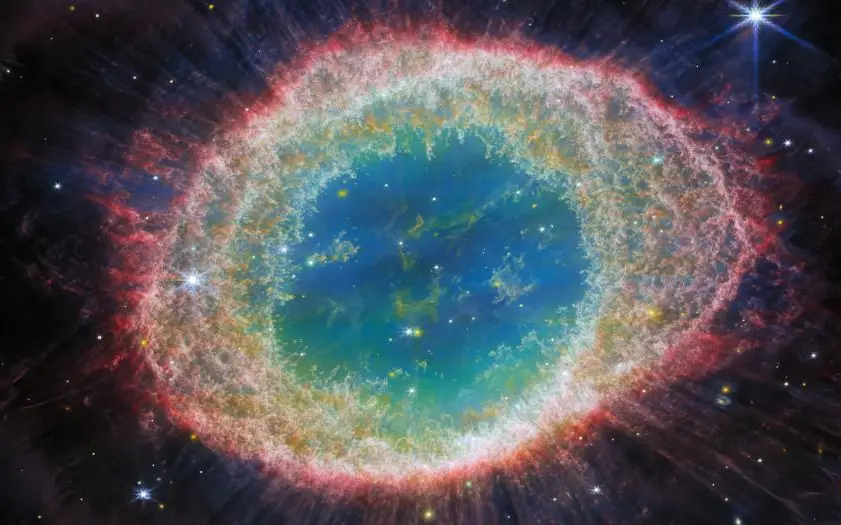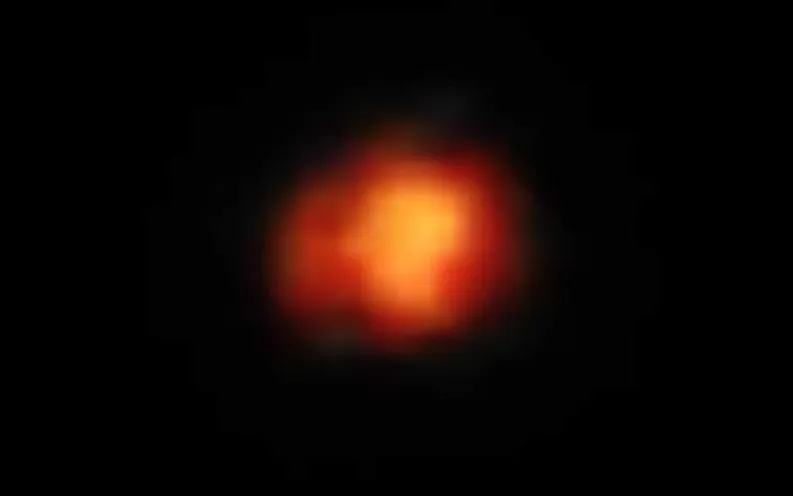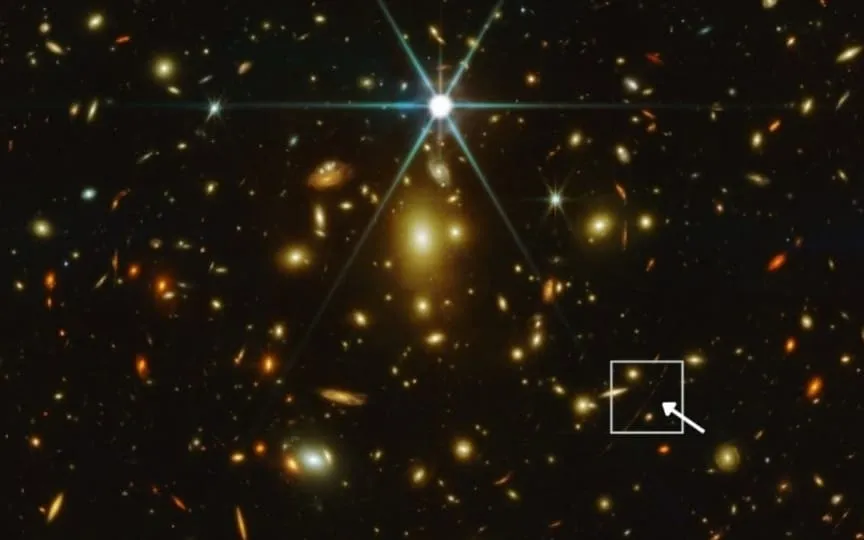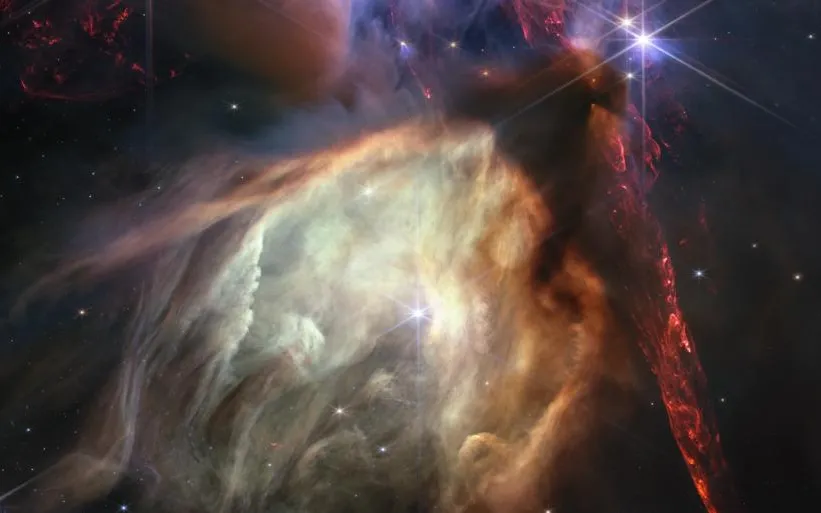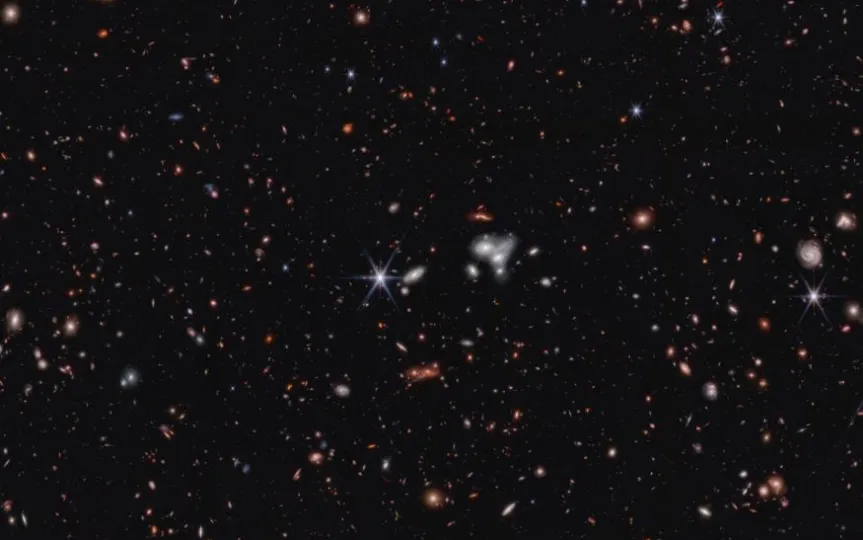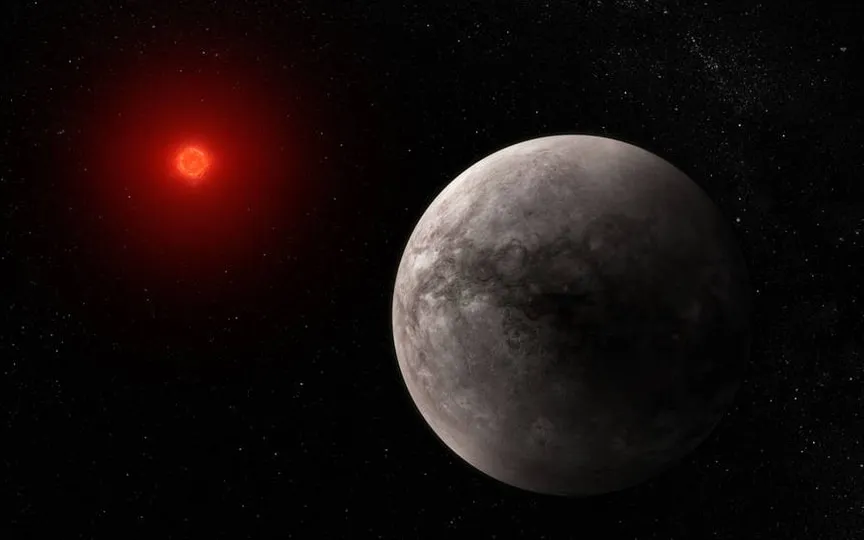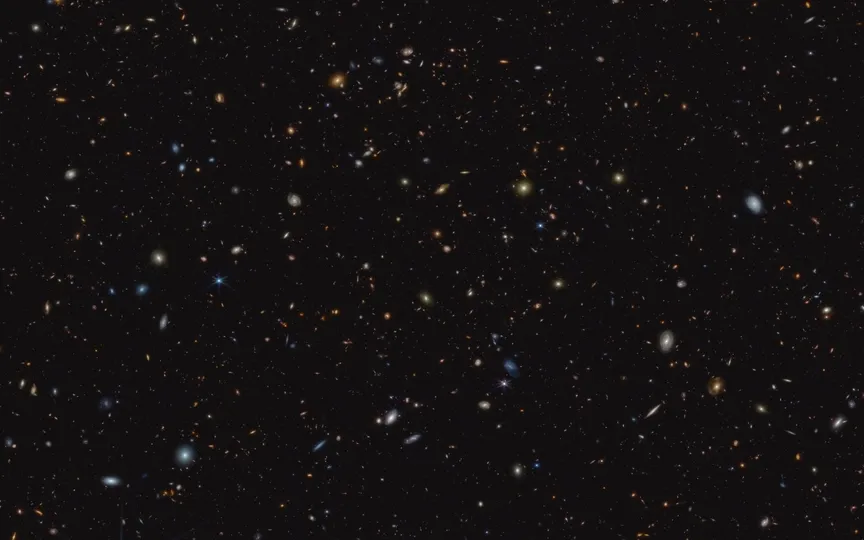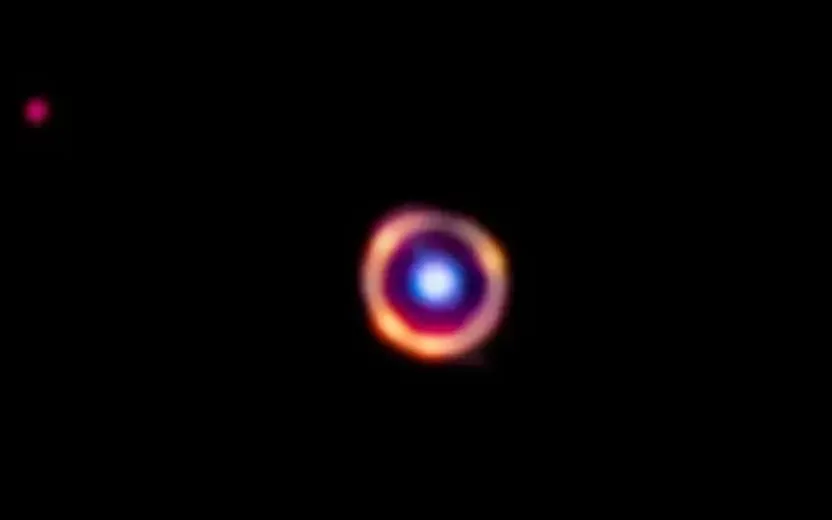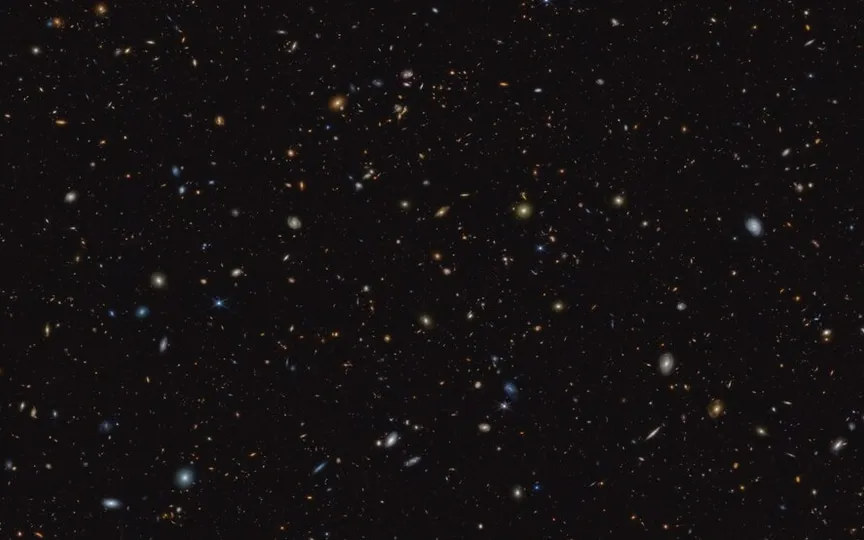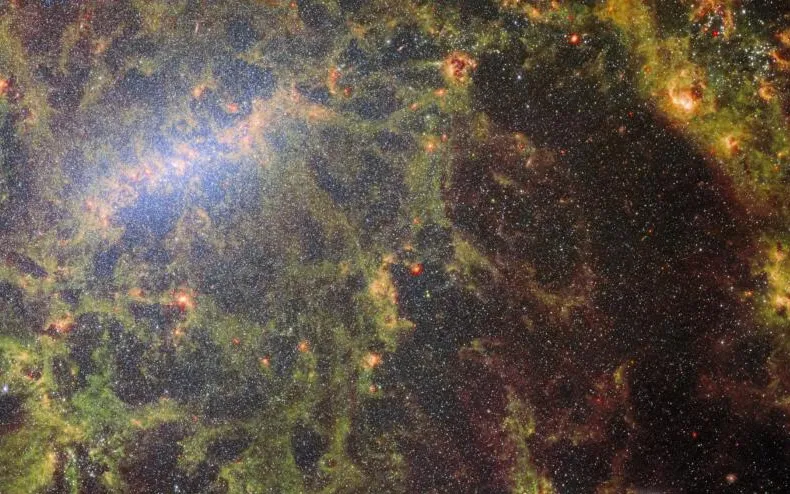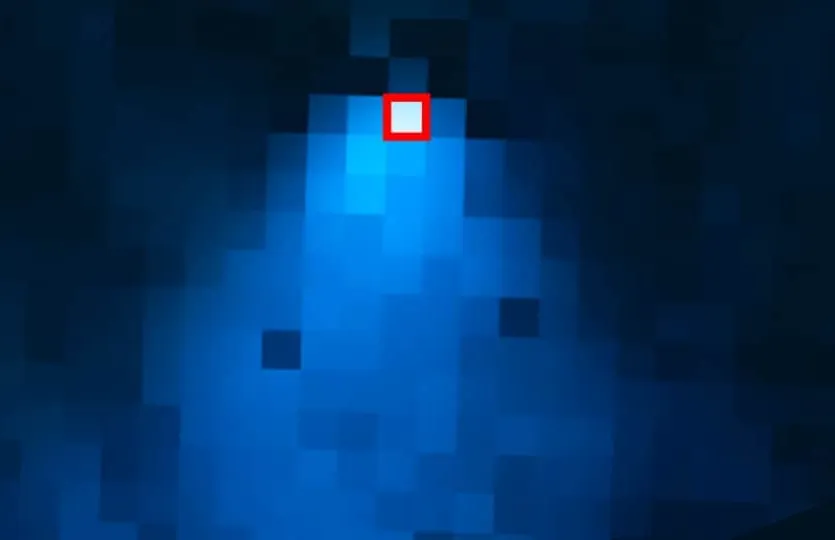Webb Telescope Captures Stunning Image of Ring Nebula
Today, the James Webb Space Telescope (JWST) released highly intricate images of the Ring Nebula, showcasing its remarkable level of detail. Commonly known as M57 and NGC 6720, this gaseous cloud consists of 20,000 compact globules that are abundant in molecular hydrogen. Situated approximately 2,500 light years distant from our planet, the Ring Nebula continues to captivate astronomers. The first image (above) was taken with the NIRCam (Near InfraRed Camera), one of the primary sensors on the Webb Space Telescope. It is designed to detect light in the near-infrared spectrum…
Read More
